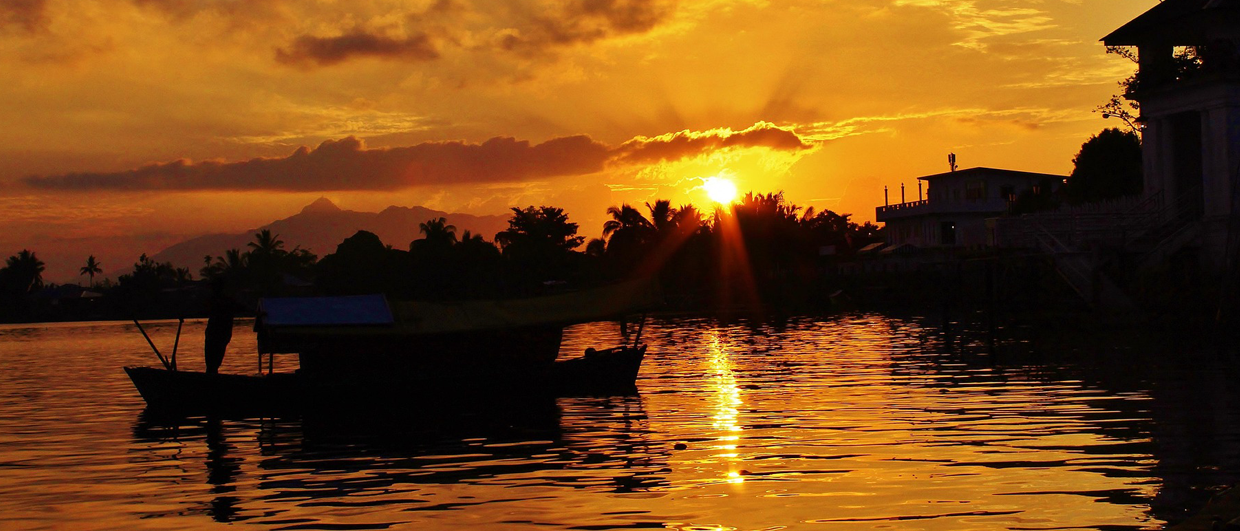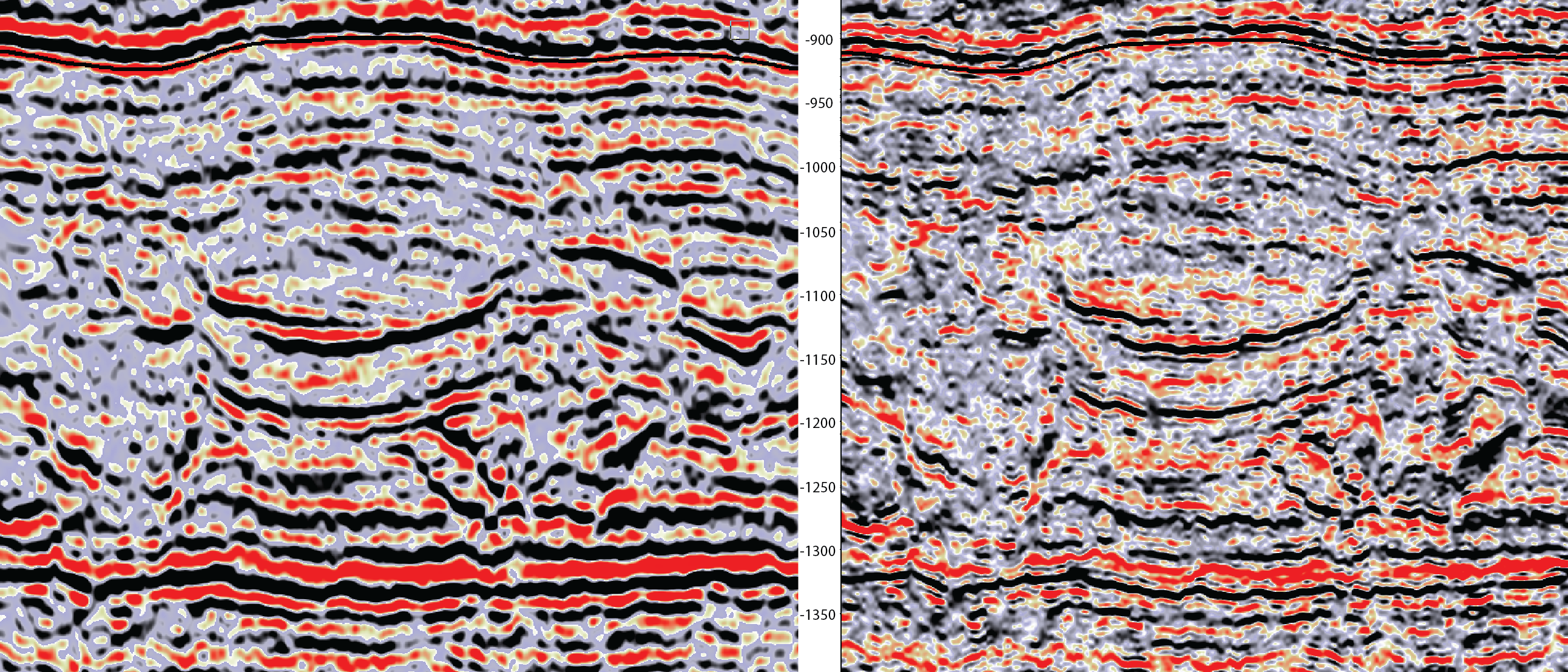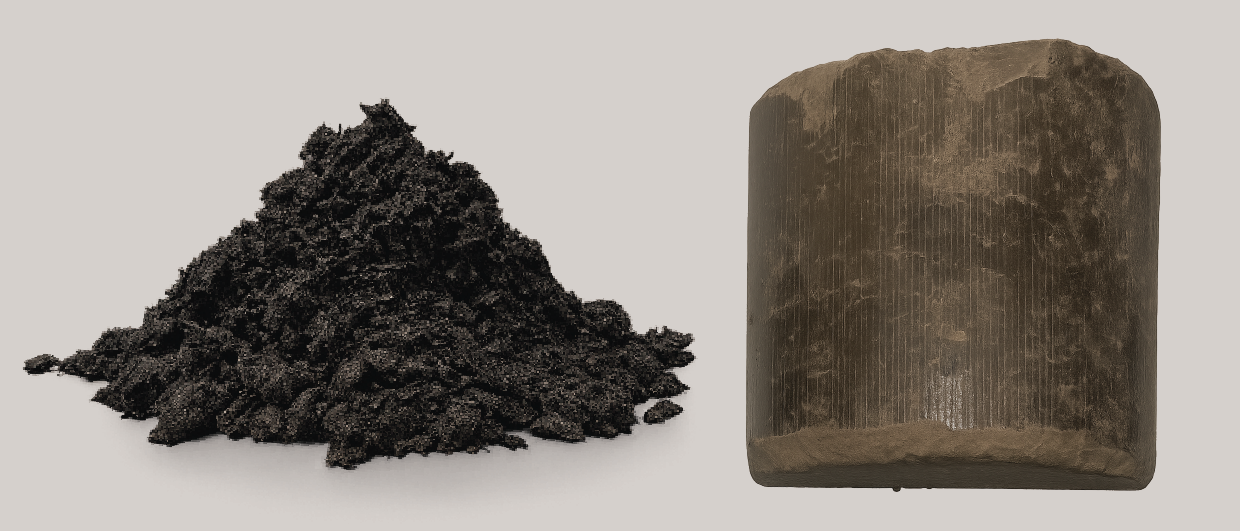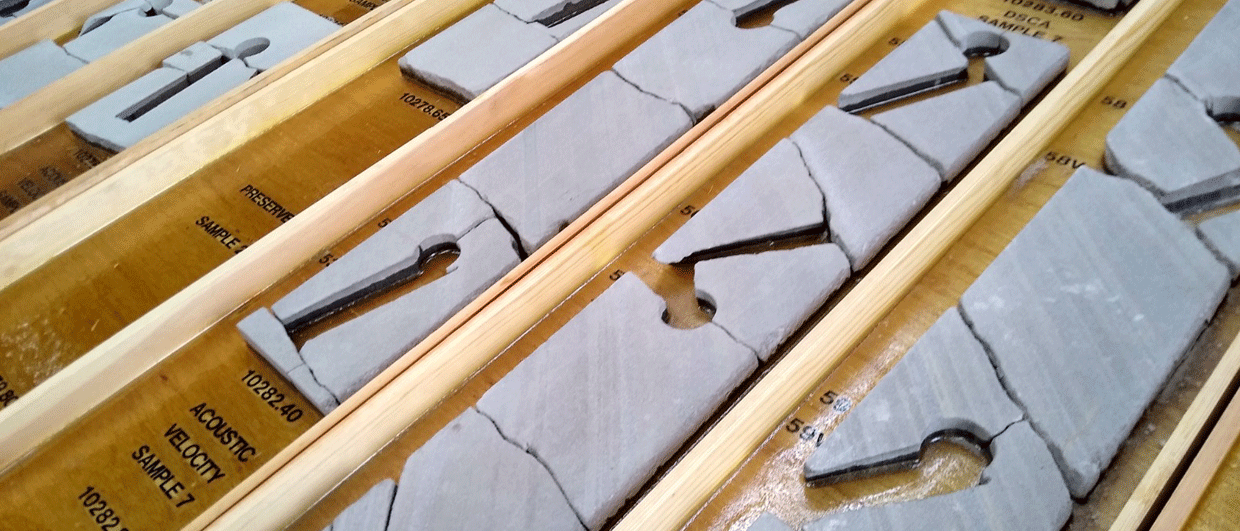At industry events in South-East Asia, the Kasawari CO2 storage project has been a talking point for years. It should be the first large-scale CO2 storage project in the region, and one that justifies developing gas fields that suffer from relatively high levels of the greenhouse gas.
A simple online search learns that the project has already had quite some milestones achieved, with most sources citing a start of injection towards the end of this year.
However, a recent article from the Borneo Post suggests that injection is now projected to only take place in 2029, possibly 2030: “Petronas eyes first CO2 injection date by end-2029, early 2030 in Kasawari”. Other people I tried to contact, including two from Petronas, have either not responded or were unable to share more information on the status of the project.
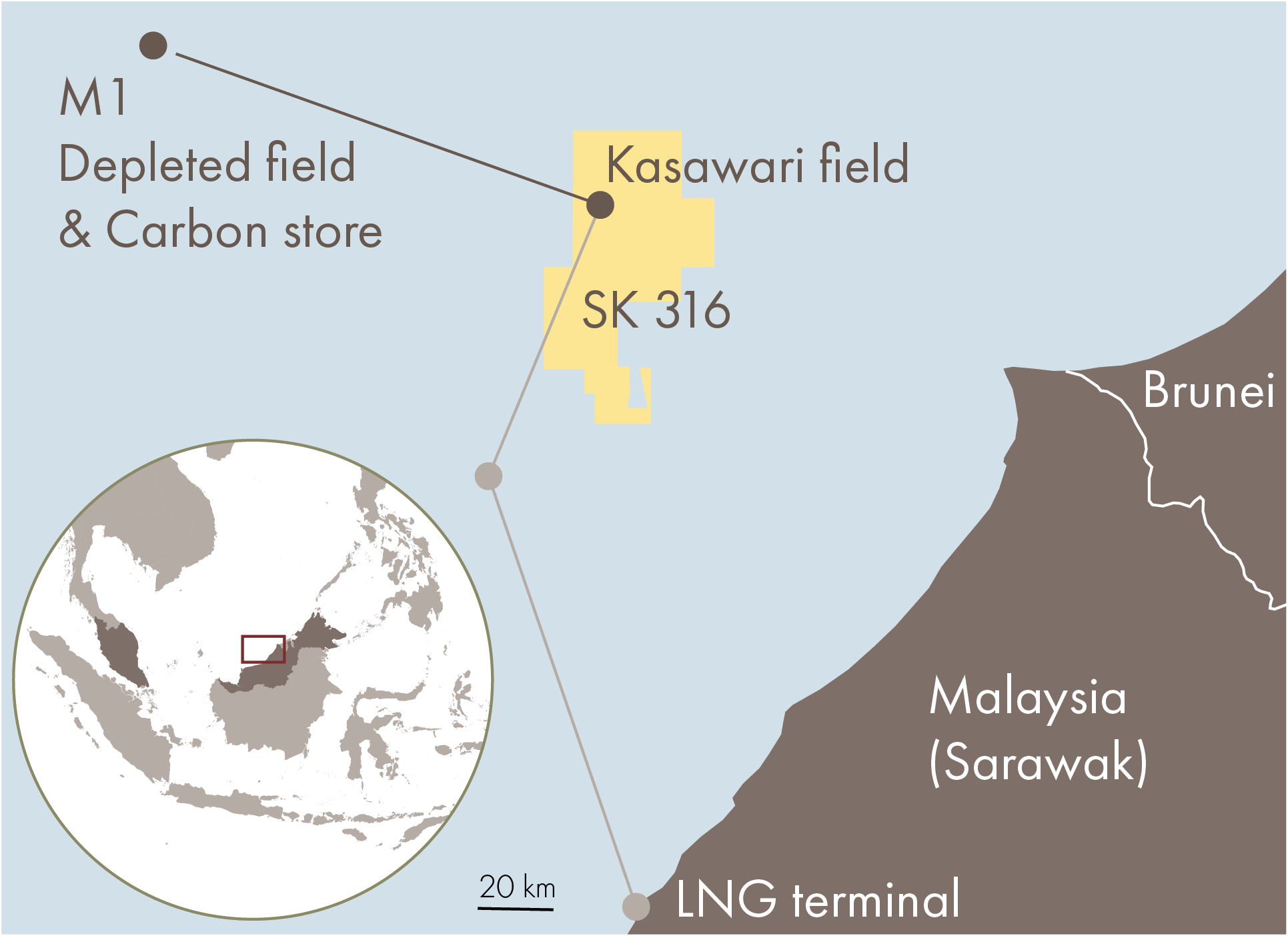
Timing is quite important. If the CCS component of Kasawari will only become operational in 2029 or 2030, the field is expected to have passed peak production already, and most of the CO2 will thus have been released into the atmosphere.
Could it be possible that the project is facing headwinds? The financial side of things may be a sticking point. Is the operator taking responsibility for all the capital expense, or is the government chipping in? Both organisations have made net-zero commitments, but ultimately, the development of these high-CO2 discoveries is competing for (foreign) investment, and if there is a significant CO2 price tag that would land on the operator, the attractiveness of these projects will quickly drop.
THE KASAWARI CCS PROJECT
The Kasawari gas field, which was discovered in 2011, is located offshore Sarawak (SK 316) and is reported to contain 3.2 Tcf of recoverable gas, of which approximately 22 % is CO2. Gas production commenced in August 2024 at an initial rate of 200 mmscf/d, ramping up to 900 mmscf/d later.
The Kasawari carbon capture project entails the construction of a dedicated platform next to the gas production facilities, from where the CO2 will be transported through a 140 km long pipeline to the depleted M1 field, where the gas will be injected. In total, it is estimated that between 71 and 76 million tonnes of CO2 will be injected, probably based on the assumption that the project will start this year.
The M1 field is a Miocene carbonate reservoir that forms part of the so-called Mega Platform. The carbonates of the M1 field were one of the last surviving parts of the greater platform, thereby forming the most elevated closure in the area.

